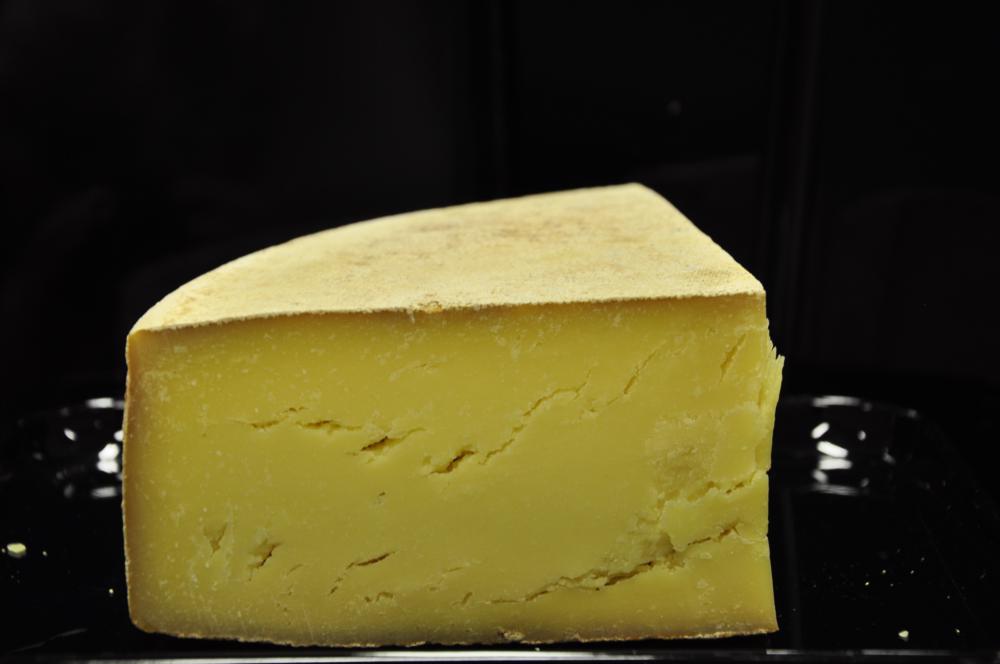[News from FACE] Technology Workgroup
Histamine
In FACEnetwork’s technology group histamine has been topic of exchanges in the last months. We would like to share a short summary and give some suggestions for further reading.
What is histamine?
Histamine is a biogenic amine, a component that is present by nature in cells of living organisms. Biogenic amines play a role in digestion, circulatory system and respiratory system. The most common biogenic amine is histamine. Histamine can be liberated from cells through various incentives and can then cause itching and formation of lumps.
Some foodstuffs incite the liberations of histamine in sensitive persons. They experience itching after eating for example strawberries, chocolate or fish. Also some food additives (e.g. conserving agents, flavours) can cause this phenomenon in sensitive persons. But there are also foodstuffs of plant and animal origin that contain histamine and therefore can cause reactions of the immune system.
Biogenic amines like histamine are formed when proteins are broken down by bacteria for example during fermentation or in the case of spoilage. Food products in which biogenic amines can be found are fish products, fermented sausages, ripened cheese, blue cheese, soy sauce, beer and wine.
Cheese with L. parabuchneri – photos by Marianne Spenner-Häusling, thanks to EIP-Agri project ‘Hessischer Hofkäse’ Käsefehlerdatenbank
Food Safety
A product with a histamine content over 100 mg/kg causes a burning experience on the tongue and in the mouth. An unpleasant experience, but in general this doesn’t last very long. Most healthy adults can process 25-50 mg histamine in a meal without any problems. However some persons are more sensitive to histamine due to an enzyme deficiency (1% of the population), intestinal disease or medicine use (anti depressive drugs). For them even a trace of histamine can cause problems.
In such case, histamine causes a reaction of the immune system that leads to symptoms as diarrhoea, head ache, skin irritations and nausea. This reactions occurs several minutes to hours after consumption. The various sources of histamine in a diet can all together reach a level that can be dangerous to sensitive people. That is why the presence of histamine is considered a food safety issue.
Limits
For fish products, legal limits do exist: max 200 mg/kg for fresh fish and max 400 mg/kg for fermented fish (products). Fish products are considered to be the most important source for biogenic amines in food.
For the cheese there is no legal limit, but the general requirement applies that food should be safe.
The Swiss organisation of cheese makers, Fromarte, set a limit themselves on request of the authorities. Their limit is 700 mg/kg for raw milk cheese. For raclette and fondue the limit is 500 mg/kg, taking the higher consumption of these cheeses during a meal in consideration.
Evaluation
Recently, FACEnetwork’s member Dairy Centre Leartiker (Spain) carried out an evaluation of the public health risk to the intake of biogenic amines from cheese and wine. For this project they analysed 77 cheese that were made various technologies (lactic/mixed coagulation, scalding of curd, various ripening flora). The results of this project show that indeed there could be a health risk for sensitive people when they consume cheese as some cheeses contained substantial levels of histamine and tyramine. On the other hand, there were also cheeses without any histamine or tyramine.
More information on this project can be read on here
At the moment, an new research project is carried out in order to make clear with which technologies and micro-organisms cheese can be produced that is free from biogenic amines.
Method of Analysis
Longer ago, FACEnetwork’s member Agroscope (Switzerland) carried out extensive research on the formation of biogenic amines in semi hard and hard cheese. A very important step was the development of a method of analysis that makes it possible to proof the presence of histamine forming bacteria in a relatively simple way. This made it possible to detect and eliminate sources of contamination. This method is now in use for about 6 years.
For more information on this, see here.
Cheese
Histamine is formed out of the amino acid histidine. In cheese, the bacterium that is responsible for this conversation is in most cases Lentolactobacillus parabuchneri. It is mesophilic and can be present in soil, grass, silage, raw milk and manure.
It doesn’t survive pasteurisation. When the curd is scalded to temperatures above 54°C it is deactivated as well. In case of a contamination of cheese with L. parabuchneri, also the appearance of the cheese is defected.
Due to unusual gas formation the cheese can have cracks and splits. On the pictures, you can see an example of this. These pictures were made in the EIP-Agri project ‘Hessischer Hofkäse’ on cheese defects that was carried out in cooperation with FACEnetwork’s member VHM.
Cheese with L. parabuchneri – photos by Marianne Spenner-Häusling, thanks to EIP-Agri project ‘Hessischer Hofkäse’ Käsefehlerdatenbank
Prevention
L. parabuchneri is able to form biofilms, this makes it prone to settling in equipment that is not properly cleaned. This can be in particular in milking systems and transport equipment like valves, pipes, hoses and gasket. les.
But also in the dairy there can be a source of (re)contamination (whey, cheesecloth). Cleaning with the correct parameters (temperature, time, concentration of correct type of detergent) is very important to prevent contamination.
See for more information on this topic a paper by Agroscope that is available in German and French.



